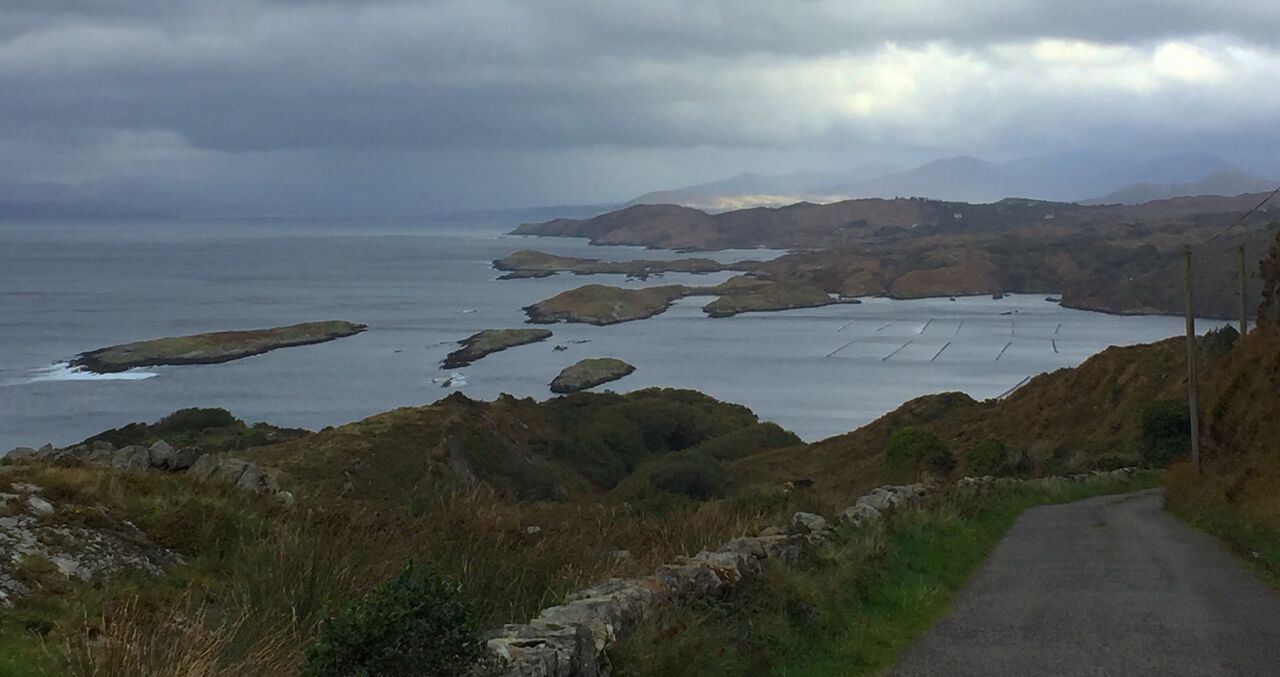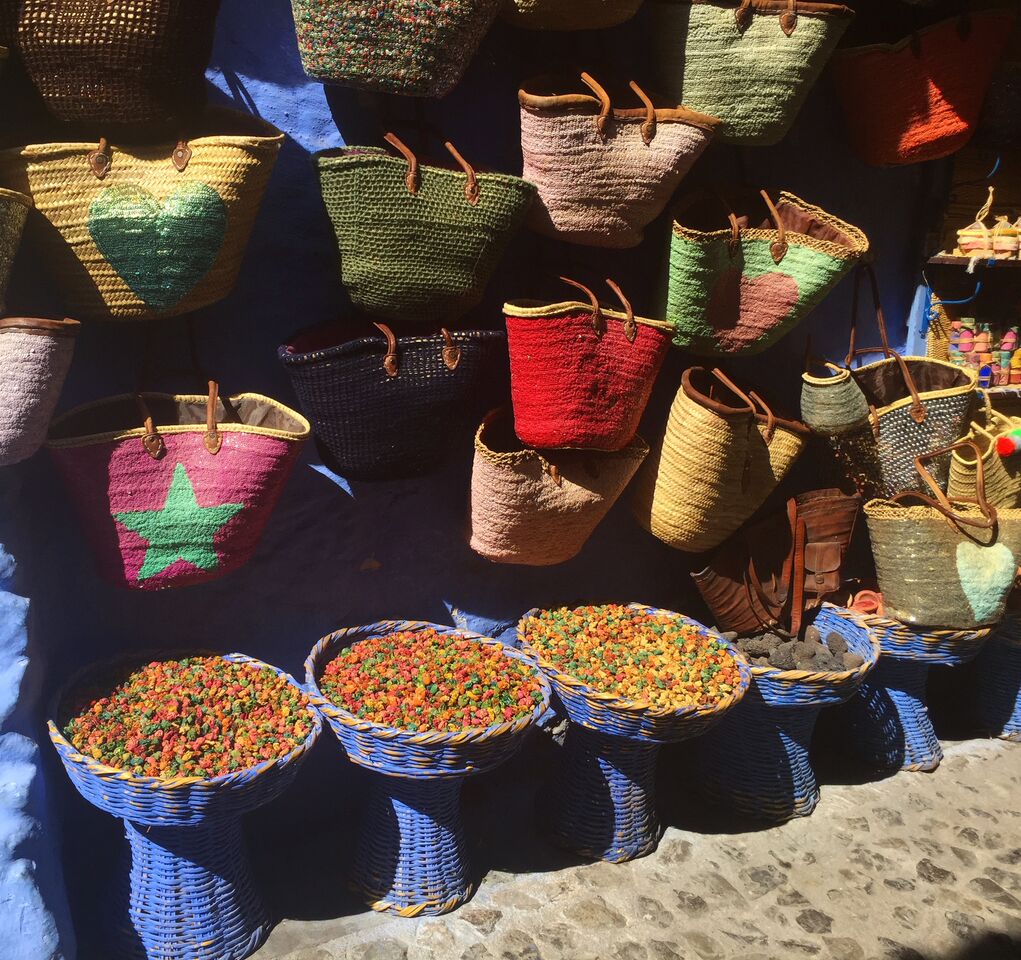Lessons from the Philippines
‘Life is a succession of lessons which must be lived to be understood. All is riddle, and the key to a riddle is another riddle.’ – Ralph Waldo Emerson.
Stranded in Manila’s bus station.
“I actually think I might cry,” I said, turning to C and pulling a wobbly face, somewhere between a weak smile and that tell-tale lip tremble that comes just before you burst into tears.
We were an hour into our three hour wait for the overnight bus that would take us north of Manila. We’d be heading high up into the Cordillera Mountains where we would be spending the next few days. I was at a low point. It was boiling hot in the airless bus terminal. We hadn’t eaten since breakfast and it was now nearly 6pm. I was hungry, tired and impatient to escape the city.
To cap it all, when our friendly driver had dropped us off, he’d left us with the stark warning to keep our possessions close and stay in the bus terminal. We were now in the ‘most dangerous district in Manila’ and nightfall was rapidly approaching. Great. I had a serious case of culture shock and it was finally breaking me down.
I took a deep breath and pulled myself together. Crying wouldn’t help the situation and I’d probably just end up feeling worse. C smiled encouragingly at me, probably more than a little relieved when I didn’t burst into uncontrolled sobbing. Two hours
later, we boarded the air-conditioned coach in relief and so began our overnight journey to Banaue.
Feeling tested in a new country and lessons learned.
This was just one test I experienced during the three weeks I spent in the Philippines. I’d never travelled in SE Asia before. I generally enjoyed my time in the country, but I did struggle more than once with so me of the challenges we were presented with. However, we overcame everything that came our way. I can now look back on our time in the country and laugh about some of the experiences that we had that seemed so difficult at the time.
C and I compiled a list of things that we wished we had known before arriving in the Philippines. Every time something challenged us and we got over it, I jotted down the lessons we learnt in my journal. Now, I’ve compiled our top tips for travelling in the Philippines in this post.

Lesson One: If you travel to Banaue from Manila by coach, make sure you wear warm clothes and pack something to cover you up.
During our three weeks in the Philippines, the temperatures averaged a sticky 25-30 degrees every day. We were so relieved to board the bus in Manila and realise it was fully air-conditioned. Thank goodness we wouldn’t be sweating it out for the entire ten hour overnight journey!
Two hours in, with the air-conditioning cranked to the max, C and I were both freezing. I was feeling extremely grateful that I’d made a last minute, impulsive decision to grab my jacket from my backpack before boarding the bus. I spent a large amount of time hiding underneath it, trying to stop shivering. We struggled to sleep in the chilly temperatures. We got off the bus feeling distinctly refrigerated!
For the journey back to Manila, we were ready. We donned leggings, hoodies, coats and took blankets to wrap up in. I traded my flip flops for socks and trainers so that my feet didn’t become blocks of ice and had a much more comfortable journey back to Manila.
Lessons Learnt
Make sure to wear warm clothes when travelling on the overnight buses around the Philippines! If you have space, consider taking a blanket and definitely make sure to put on a pair of thick socks! If you want to be extra comfortable, bring a travel pillow and ear plugs or headphones to help you block noise out and sleep better!
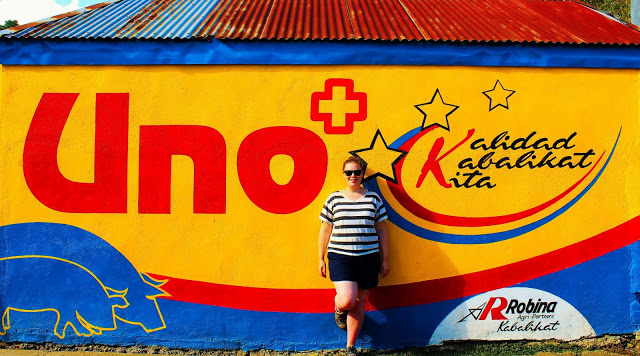
Lesson Two: Try to break big notes wherever possible – locals hate dishing out change!
Whenever we got cash out, we were given large notes such as P1000 or P500. Annoyingly, the locals didn’t like to give away their change in exchange for our larger notes. We often struggled to pay for smaller items like bottled drinks and snacks. Occasionally, it was even difficult to pay for accommodation! A couple of places we stayed didn’t want to accept our P1000 notes.
Although we understood why the locals weren’t willing to take larger notes, it didn’t stop us becoming a little frustrated in private about the conundrum. The machines kept giving us large notes and nobody wanted to take them!
In the end, we worked out a system whereby we would pay for trips, more expensive meals and accommodation with larger notes and kept the change for smaller items. We’d also take it in turns to pay where possible, so that we got rid of our notes equally. It worked reasonably well. However, we were still caught short a few times!
Lessons Learnt
Try to get smaller notes and change whenever possible and hoard them to pay for smaller items! Break any larger notes on more expensive things like snorkel trips. Alternatively, in a group, pay for things all together so that less change needs to be handed out.
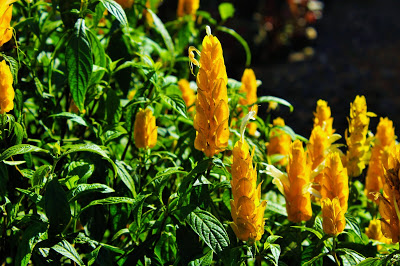
Lesson Three: Don’t expect transportation to leave when people say it will. It will be early or late, but never on time!
We spent two hours waiting for a jeepney to leave Banaue and head north to Sagada. In the end, out of frustration, one of our travel companions Y took matters into his own hands. He found a van heading north for only P100 more than the jeepney cost us. It left immediately after we boarded.
On the way back to Banaue, we waited over an hour for the return jeepney to depart. When we did eventually get going, the fumes from the exhaust filled the back of vehicles and overcame me. I spent the entire journey staving off severe motion sickness as we traversed the winding mountain roads, my nausea exacerbated by the fumes. I was also starving. There had been no time for breakfast and we’d spent the morning hiking and exploring caves in Sagada.
In Puerto Princesa, we were told we would be collected at 10am to be taken to El Nido. A lie-in! We unpacked and spread ourselves out, safe in the knowledge that the van wouldn’t arrive until mid-morning and we’d have plenty of time to pack. Recalling our experiences in Banaue and Sagada, we suspected our departure might even be later.
A knock at the door woke us at 8.30am. Our transportation had arrived to take us to El Nido! Instant panic! We flew around packing and dressing as fast as we could. Fifteen minutes and some disgruntled looks from our driver later, we were on the road…
Lessons Learnt
Be prepared. Be patient. Public transport can be terribly frustrating in the Philippines. Transport runs to its own schedule and that’s just how it is. I’d recommend taking a travel game or book to stave off boredom while waiting for transport to depart. Or do what we did and download Heads Up on your phone! It’s a fun interactive game to play in groups and free to download onto your phone!
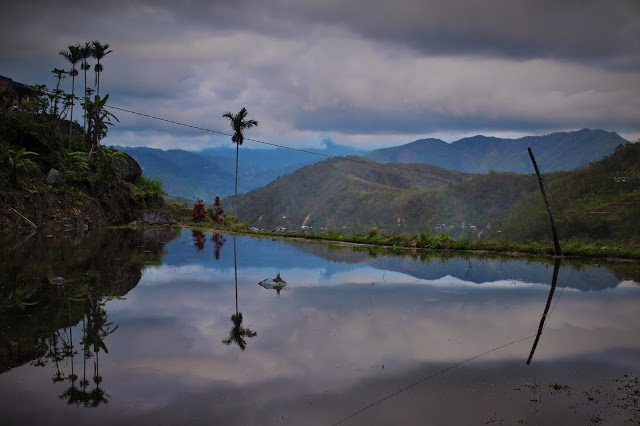
Lesson Four: If you book a tour in Sagada to see the hanging coffins, make sure you know what you’re letting yourself in for and prepare accordingly.
When we booked the three hour morning ‘Eco’ tour, my group and I were satisfied that we’d found the perfect tour. Not too long, not too exerting, a nice introduction to the day before we headed back to Banaue.
How wrong we were! Half an hour into the tour, I was slipping and sliding down a precarious mud path on the side of a cliff. It had rained the night before which made it even more treacherous. T hung back to help me over the worst bits while our other, more sure-footed companions went ahead to the hanging coffins. After a brief pause to take them in, we continued our descent.
The path grew steeper and even more slippery as we climbed down into a tree-filled valley. We scrambled over vast boulders, crossed the river on stepping stones and eventually arrived at a cave entrance. Here, we were told to remove our shoes and socks. We would be wading through the underground river, right into the heart of the cave and then out the other side.
Normally, I would have freaked out a little. I’m not great in the dark and I once had a panic attack while walking through a really long tunnel! However, my options were limited. Going back up the steep sided walls of the valley was unappealing, especially alone. I removed my footwear and gritted my teeth. I was going through the cave!
Once back in Sagada, I could manage to laugh about it. We decided that it hadn’t been at all what we expected. It was challenging and a bit much before breakfast! However, in retrospect, it was fun and I enjoyed being tested.
Lessons Learnt
Try to find out exactly what your tour entails. Forewarned is forearmed! If I’d have known I would be going into a cave, wading through underground rivers and climbing down cliffs, I’d have taken flip flops, a torch and probably a snack to tide me over until breakfast!
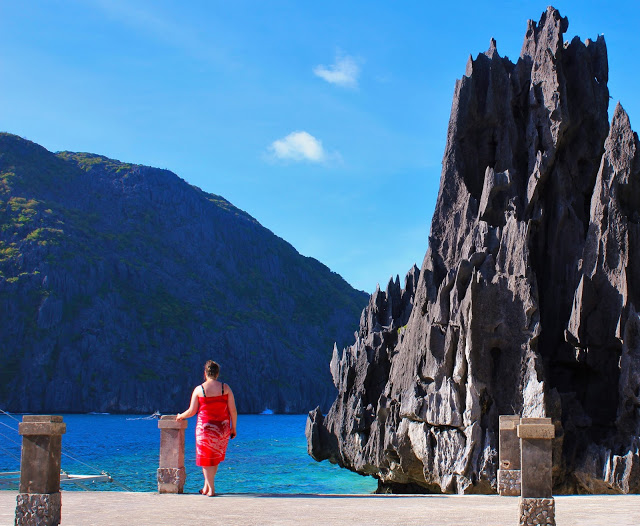
Lesson Five: If you’re booking tours or excursions, don’t be afraid to refuse the first offer provided. Chances are, you can get it cheaper if you haggle a little.
As we travelled around, Israelis that we met told us that they got cheaper prices than British travellers. When questioned, they explained that most Israeli traveller were part of a big online network where they exchanged information on prices and so bartered accordingly for the best deals. If they mentioned they were Israeli to locals, they got lower prices almost automatically. True enough, they had taken the very same boat trip as us and it had cost them much less.
The very next day, we headed to book our second boat tour. Upon mentioning that our Israeli friends got a better deal, the woman lowered the price by P200. We were thrilled! When you’re on a budget, every little helps!
Lessons Learnt
Don’t be a cheapskate, but don’t be afraid to haggle a little for better prices on things like snorkel trips and tours or excursions. Just ask. We usually got cheaper prices on everything from trike rides to accommodation to tours if we bartered a little. If we mentioned that we knew that Israelis were getting a better deal, we would be given money off without question.
Know when to stop though. Don’t haggle over things that cost very little money in the first place. You’re a visitor to the Philippines and even tightest travel budget is probably more than the amount a local Filipino earns on a daily basis on average. It’s satisfying to get better prices on certain things like tours, trips and excursions. However, if you’re buying a bottle of water or a street snack, pay the price you’re offered. Chances are it’ll be a nominal amount anyway.
Check out the Philippine archives for more stories from my time in this beautiful, occasionally challenging, country!


